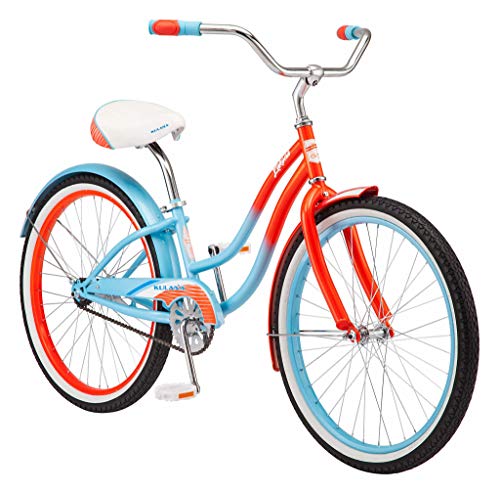- Joined
- Jul 5, 2016
- Messages
- 24
- Reaction score
- 7
After a lot of reading, I'm still confused about this. I've read in more than one place that your front and rear sprockets should be a 2:1 ratio (i.e... 22t rear cog = 44t chainring/sprocket). I've been looking at a bike that is listed as having a 22t cog and a 46t sprocket so I'm assuming that what I read on the other sites isn't necessarily always true since this bike is stock from the manufacturer. My question is, what does the additional 2 teeth do for you, and would there be a big difference going to a 44t sprocket instead of the 46t?
The other reason I ask is there seems to be WAY more options in 44t sprockets out there, than in 46t.
The other reason I ask is there seems to be WAY more options in 44t sprockets out there, than in 46t.
























































